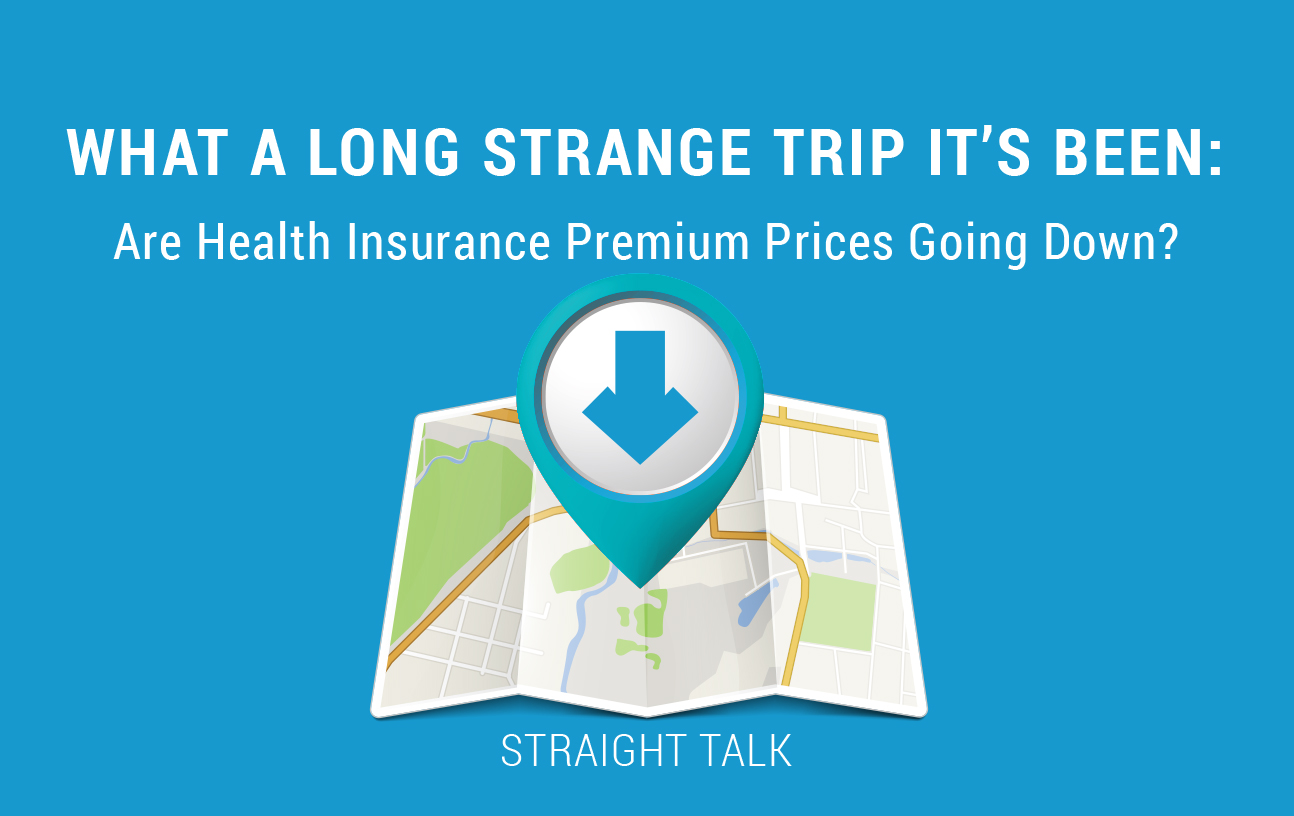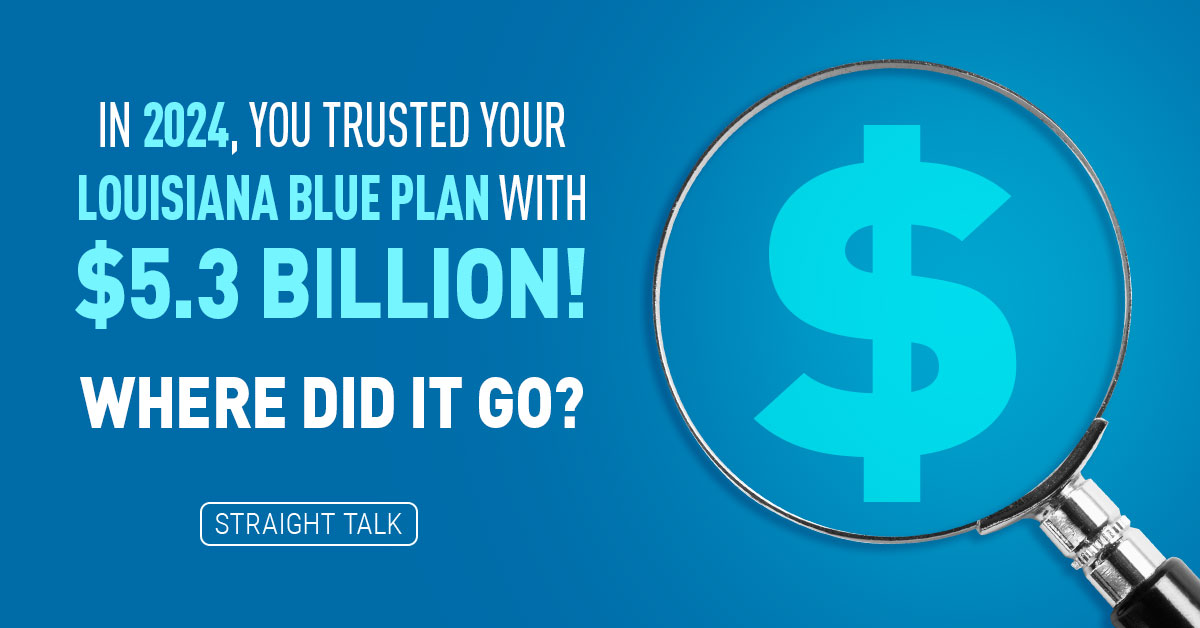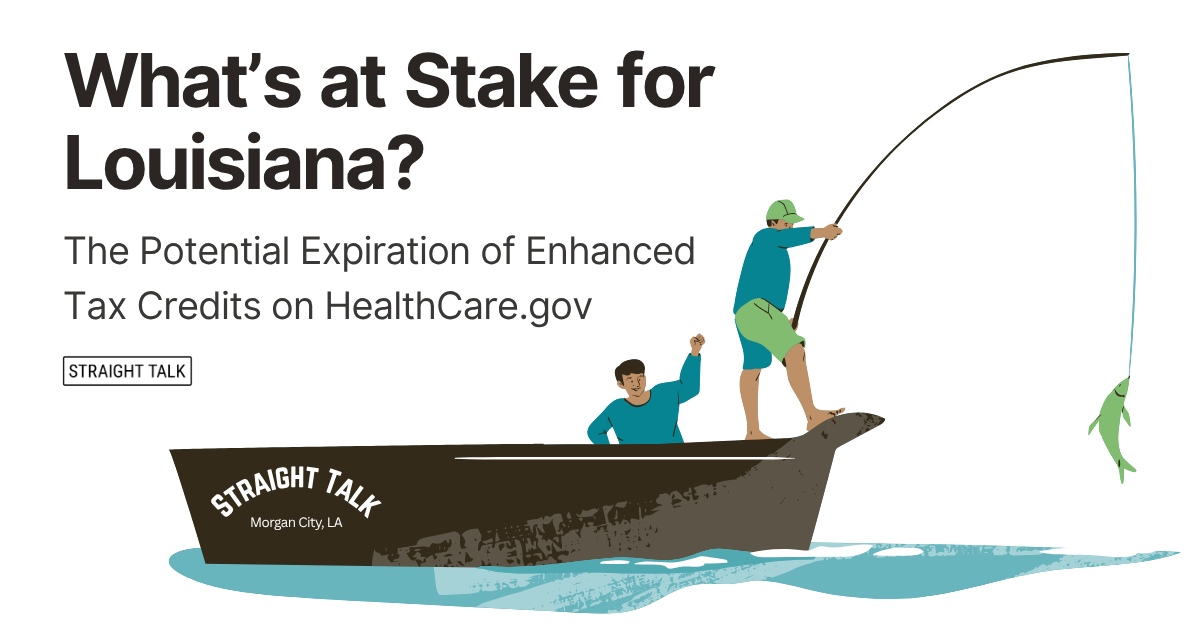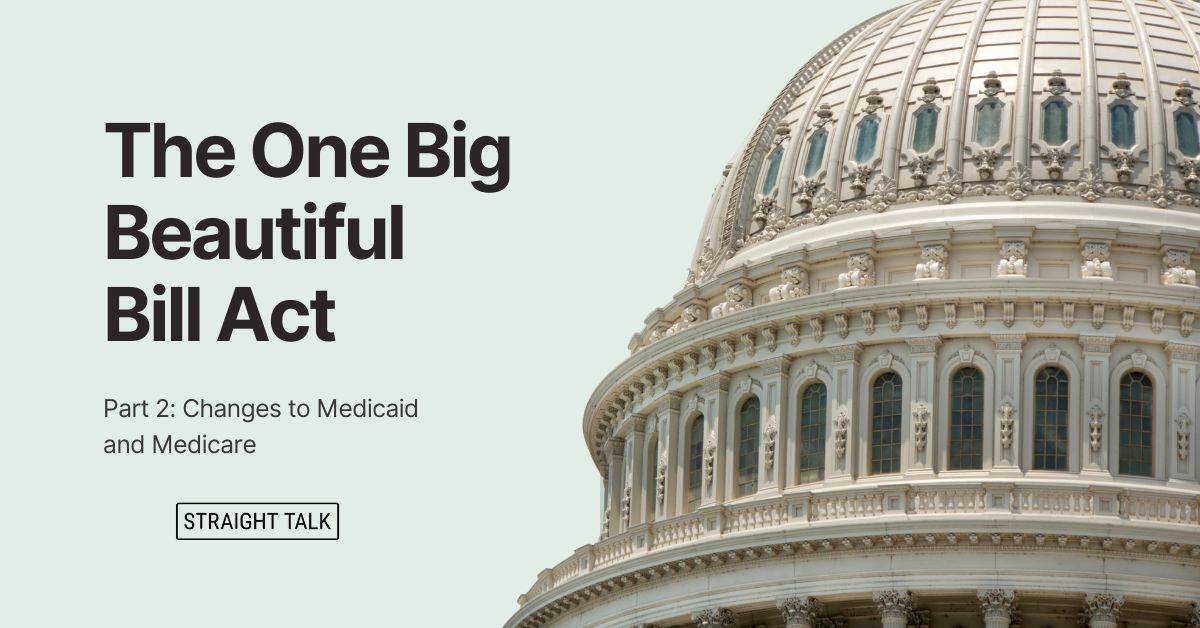Has any topic in the past decade or so been more confusing, messier, or more fraught with political and personal angst than health insurance premium pricing? Let’s break down what’s been going on, starting with the Employer Health Insurance Market, where 90% of us get our healthcare coverage.
Employer-Based Healthcare
Nationwide, employers fund their employees’ healthcare coverage at 85% on average and employee plus family coverage at 72%. But, the gap for Louisiana employers, which fund employee plus family coverage at 66% on average, is widening.
While overall premium growth is the lowest it’s been in decades (only 4% increases on average for employers last year), the cost-sharing burden for employees – that’s the out-of-pocket expenses they are responsible for, like copayments and deductibles — is growing much faster.
Check out this national data on employee cost-sharing in health insurance benefits from 2006 through 2016:
| Cost Sharing Type | Change 2006 to 2016 |
| Deductibles |
+176.2% |
| Co-Insurance Payments (cost-sharing after deductible) |
+67.1% |
| Copayments (all non-pharmacy services) |
-(37.8%) |
| Total Cost-Sharing |
+53.5% |
| Worker’s Wages |
+29.0% |
Source: Peterson-Kaiser Health System Tracker
It appears the battle in the employer-based insurance market is largely shaped by the difference between wage growth and out- of-pocket cost amounts. Co-payment drops might seem like a good thing, but the drop is chiefly driven by more employers putting their employees on high-deductible health plans, which typically don’t have co-payments.
So the story in the employer market has been rising costs, stagnant wages and more cost shifting to the employee.
Individual Healthcare
In the individual market, for people who buy their insurance outright and do not get it through a job or family member’s job, things have been MUCH more volatile and difficult to understand.
In 2013, on the eve of the Affordable Care Act (ACA) taking full effect, a relatively healthy person my age (57) could buy the equivalent of today’s Silver plan for about $400 a month. There are some slight differences in the breadth of the coverage, but the 2013 plan had much lower deductibles (less than $1,000) and a max on out-of-pocket costs, so I feel like the differences balanced out.
The (basically) same plan in 2018 is almost $1,000 a month, with a $3,200 deductible! What the heck happened here? I can look back and tell you the tale, but it’s a long, strange trip. So buckle up.
How Individual Premiums Got Higher
So in 2013, the individual health insurance market looked very different than it does today. Back then, insurance companies could do some medical screening on folks buying coverage. If they had health issues, their rates might go up a bit (nowhere NEAR $1,000 a month, though), and if they were really sick, most carriers wouldn’t sell them insurance at all. It was not a guaranteed-issue environment, in which anyone can buy insurance regardless of their health status. That meant 1- 2% of the people who applied for insurance were turned away for being too sick.
One key factor: The 2013 risk pool looked VERY different than the 2018 version. It was younger and healthier, and more gender-neutral than the pool we have today. Because carriers controlled the rate ratio between the youngest and oldest people in the insurance pool, rates were fairer for young folks than they are today.
In 2013, a fresh-out-of-college male or female who didn’t need maternity coverage could get good insurance for around $100 a month. Similar policies today are around $350. What happened? Simply put, the ACA. Its foremost goal was to cover more people and make the risk pool more “fair.” Starting in 2014, medical screening was no longer allowed. During open enrollment, you could literally sign up for healthcare coverage while waiting to get your surgery or having chemotherapy treatments.
At the same time, politically-driven rate adjustments favored older folks like me (we have powerful lobbies working for us in D.C.) at the expense of the young and healthy (nobody lobbies for 25-year-olds).
To make things worse, enforcement mechanisms designed to make people buy insurance BEFORE they got some dreaded disease were never turned on by the Feds from 2014-2017 and have been rarely used since. The “Individual Mandate,” designed to bring everybody into the insurance risk pool, had 29 exemptions by 2017 and the entire penalty goes to $0 on Jan. 1, 2019. All the mechanisms designed to make the risk pool fairer and keep healthy, young people in the pool were diluted, weakened, not enforced and ultimately, destroyed.
This means the people buying individual health insurance today are older, sicker and fewer than in 2013. Younger, healthier folks have stayed away, and for the last several years we’ve seen over 20,000 young, healthy people flee the market each year between January and December.
This is a deadly brew if you are trying to keep rates low. And from 2013 through 2018 rates went up in the individual market — a lot.
Why Prices Are Lower Now
But hey, it’s a new day!
After five years of hard work by our actuaries, our clinical team and care management folks, our pharmacists who build and manage our drug plans, as well as more favorable market conditions, Blue Cross was able to DECREASE prices on individual health insurance products overall for 2019.
That’s not a typo. Decreasing, as in RATES ARE GOING DOWN. In fact, for our individual customers who stay with us from 2018 to 2019, after a small increase for their age advancing, their rates should go down between 5 and 15%!
Now, it’s been a battle to get to this point. From 2014 through 2016, we lost more than $200 million on individual market products, just in Louisiana. Last year, we didn’t have a loss for the first time since the ACA took full effect, and we want to return that positive result to our members as soon as possible, in their 2019 rates. That’s great news!
I’m glad we’ve made it to this point! Straight Talk is, we’ve all endured a very wild ride, and a better year is ahead of us!





This is indeed welcome news!!! Thanks for sharing!
I guess all of the fears of no individual mandate and non compliant plan alternatives (short term plans, association plans, sharing ministries, DPCs, etc.) increasing adverse selection for compliant plans was overblown? Or, are we in for a rude awakening in 2020?